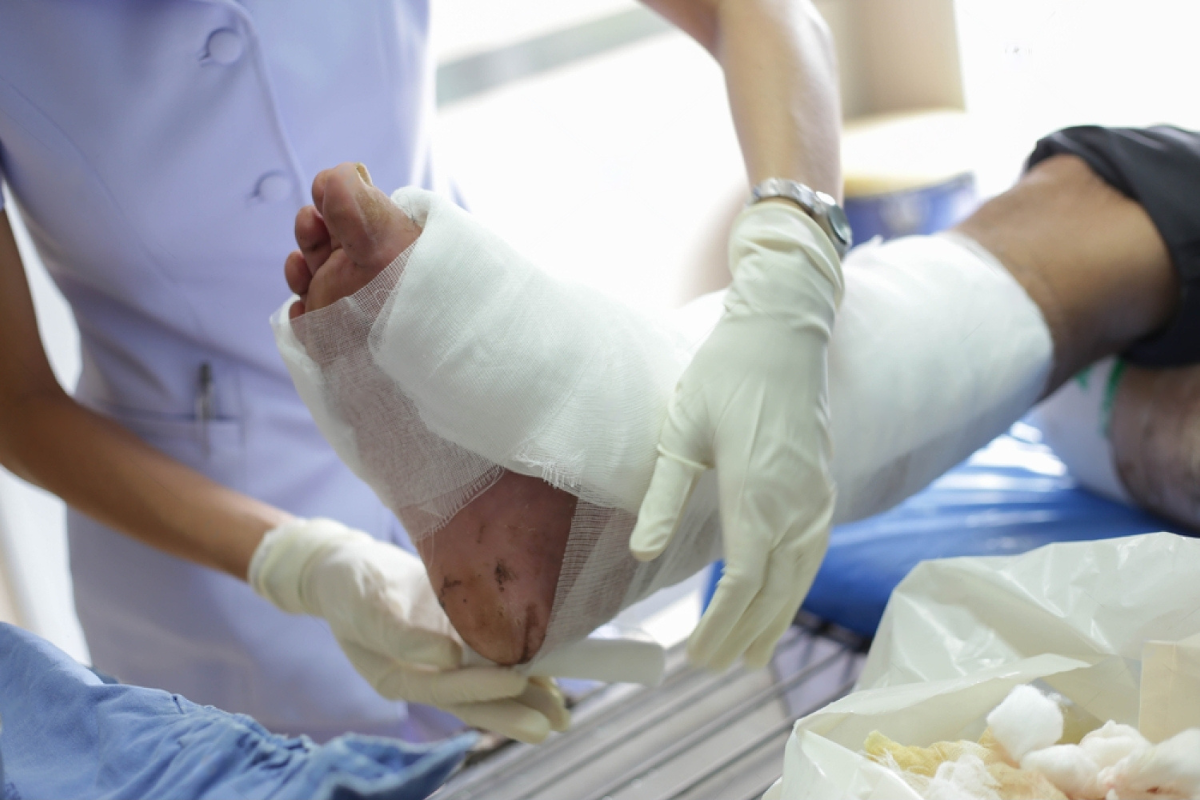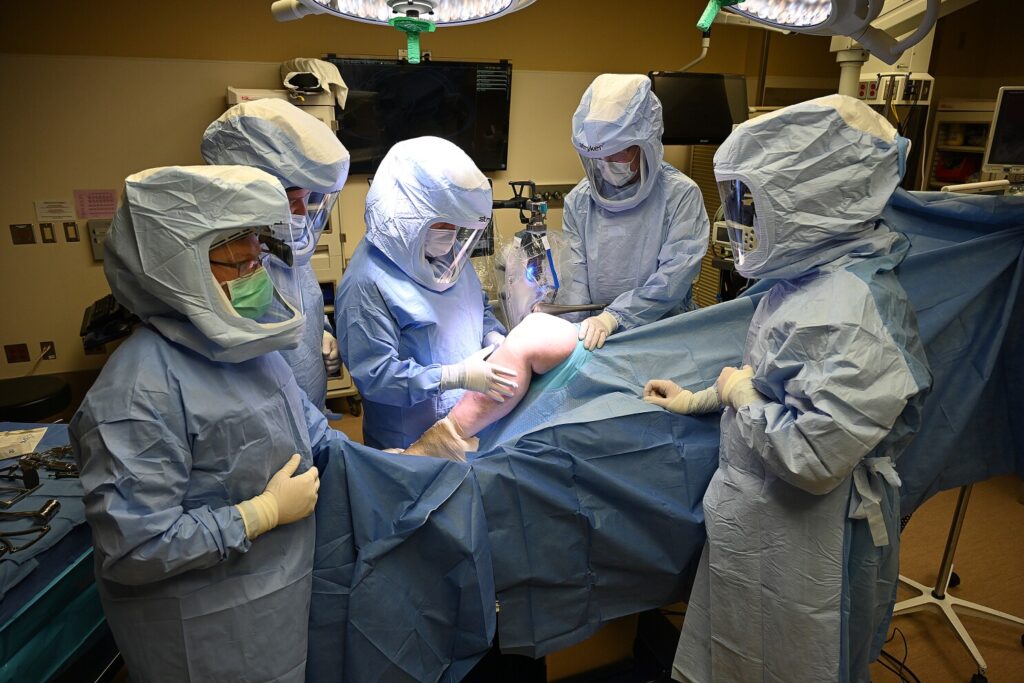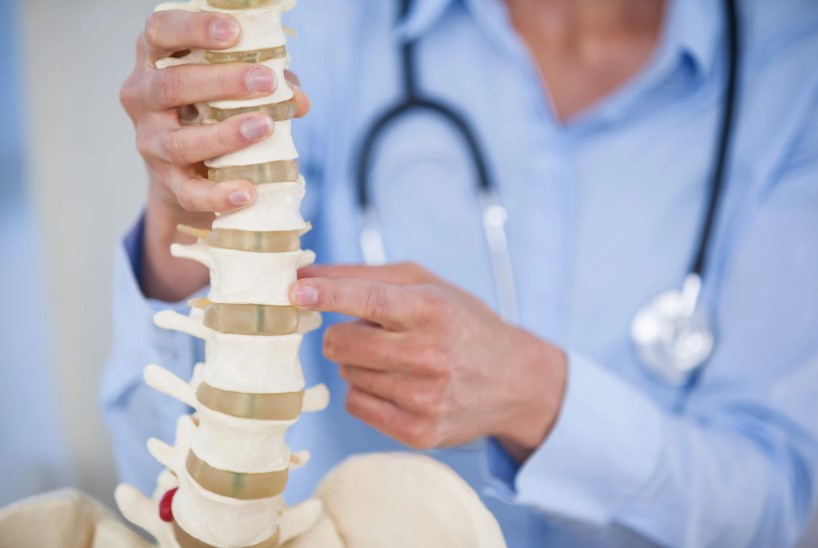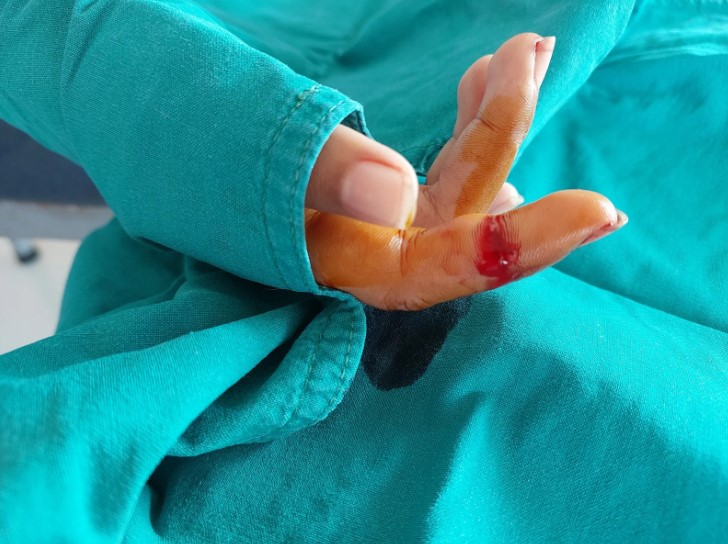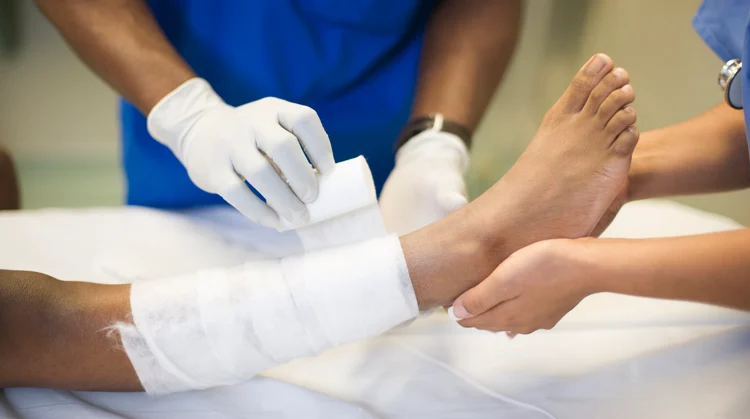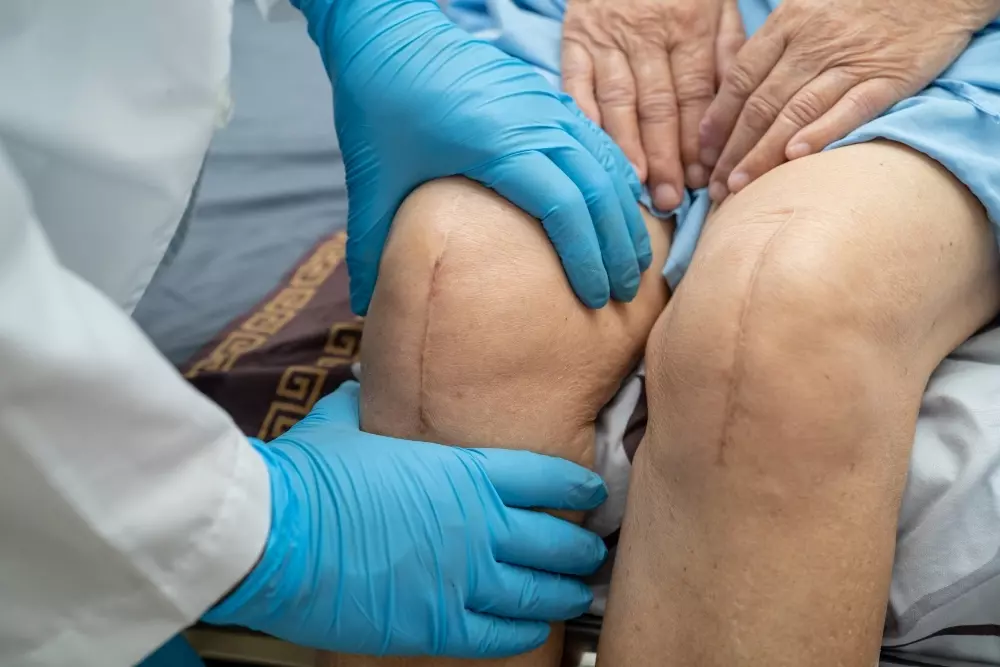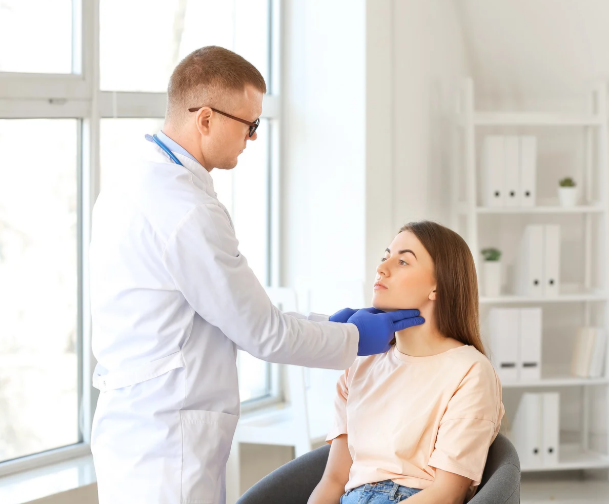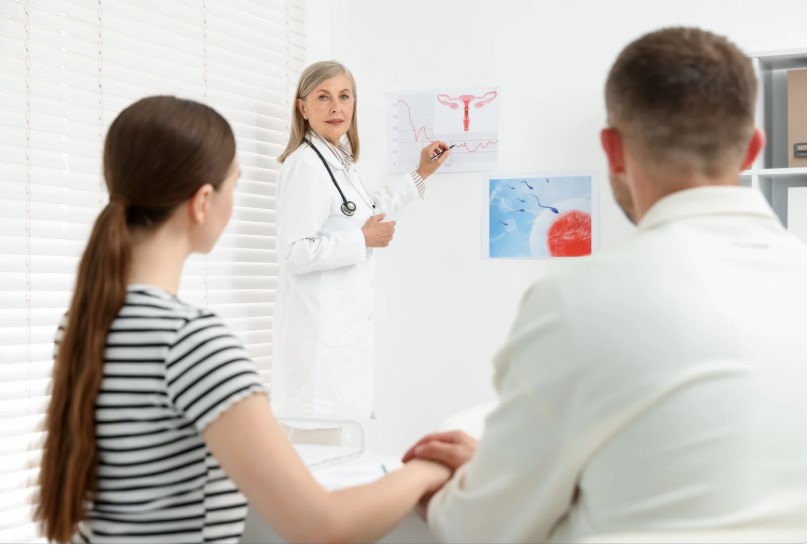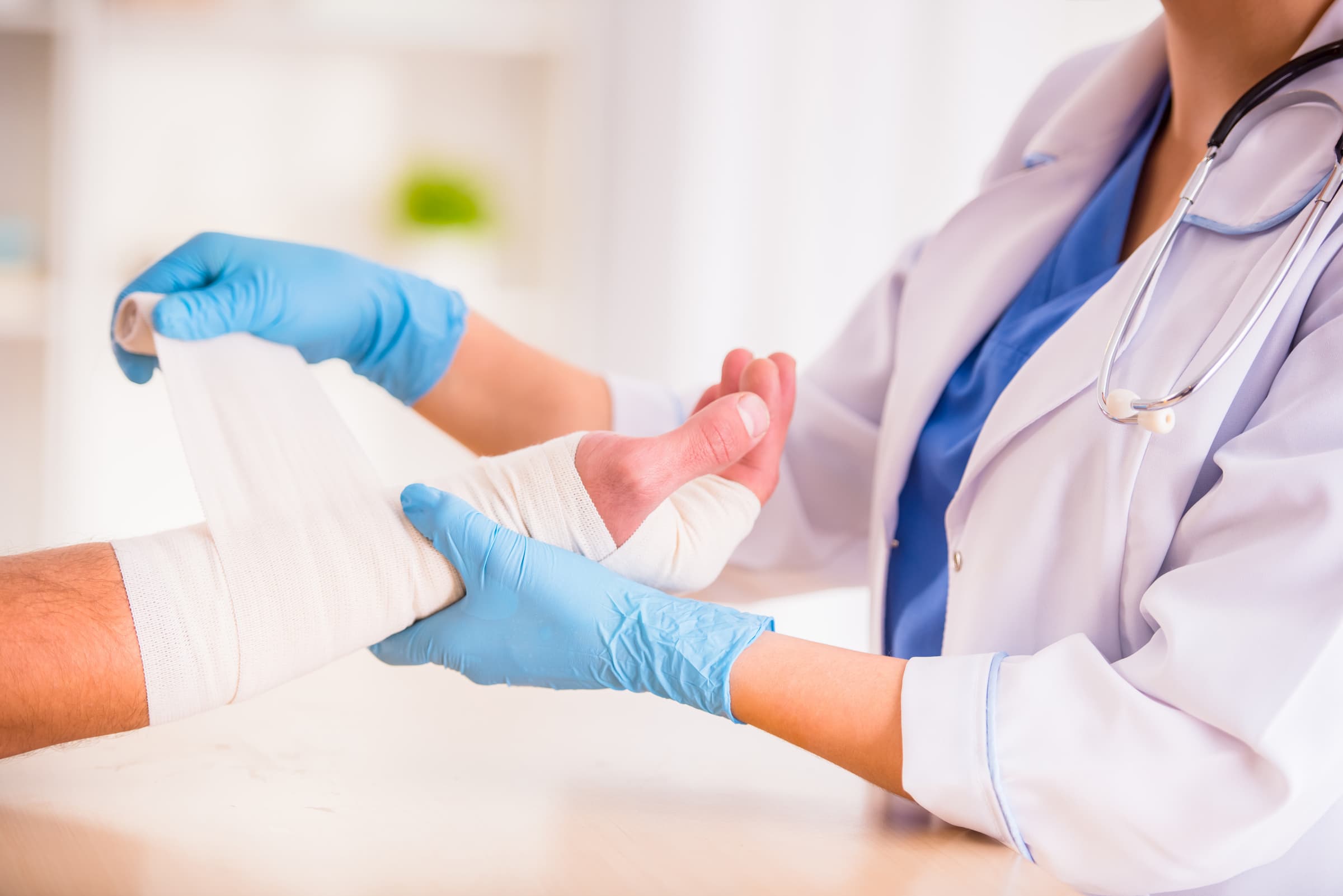Orthopedic Treatment for Infected Wounds is a focused approach to addressing complications that arise from wounds contaminated by bacteria, fungi, or other pathogens. This article explains the significance of specialized treatment, outlines the causes and symptoms of infected wounds, and describes the comprehensive care strategy provided by expert orthopedic teams.
Understanding Infected Wounds
When pathogens enter a wound, they can cause redness, swelling, discomfort, and more severe complications if the infection spreads. Infected wounds might appear after injuries, surgical procedures, or may develop in patients with pre-existing conditions that affect the immune response. Recognizing the signs early is crucial to prevent further complications and to begin appropriate treatment as soon as possible.
In the context of orthopedic treatment, identifying these infections involves a detailed evaluation. Medical professionals perform thorough assessments that include physical examinations, laboratory tests, and imaging studies when needed. This approach ensures that the pathogen is correctly identified, which in turn dictates the appropriate treatment method.
Early detection of infected wounds improves the probability of a successful outcome. The orthopedic team employs a systematic process for diagnosing the infection, paying close attention to the location, depth, and extent of the wound. Addressing the infection promptly minimizes the risks of severe tissue damage or the spread of infection to surrounding areas.
The Role of Orthopedics in Infection Management
Orthopedic specialists play a critical role in managing infected wounds by integrating their expertise in musculoskeletal health with advanced wound care techniques. Their focus lies not only on eliminating the infection but also on promoting the healing process and ensuring that the patient regains or maintains mobility.
The treatment strategy centers on several key objectives:
- Preventing Infection Spread: Orthopedic care involves isolating the infected area to stop further contamination. This is done using targeted cleaning protocols, effective antibiotic regimens, and sometimes surgical interventions to remove infected tissue.
- Promoting Tissue Recovery: Orthopedic procedures may incorporate methods that support the regeneration of tissue. By optimizing blood flow and reducing inflammation, these procedures pave the way for a more efficient healing process.
- Improving Mobility: Chronic wound infections can lead to reduced functionality of the affected limb or joint. Orthopedic treatment ensures that recovery is not just about the wound healing but also about restoring proper movement and strength, which are vital for the patient’s quality of life.
Specialists customize their approach based on the individual patient’s condition. Factors such as the severity of the infection, the patient’s medical history, and overall health contribute to the creation of a personalized treatment plan. This ensures that each patient receives the optimal blend of medical and rehabilitative care.
Treatment Protocols at Tec Orthopedics
At Tec Orthopedics, the orthopedic treatment for infected wounds is built on a foundation of patient-centered care. The process begins with a comprehensive evaluation to determine the extent of the infection and the wound’s specific characteristics.
Initial Assessment and Diagnosis: The initial stage focuses on collecting a complete medical history and conducting a detailed physical evaluation. Clinicians look for indicators such as:
- Abnormal redness and swelling at the wound site
- Persistent pain and tenderness
- Signs of pus or unusual discharge
- Fever or systemic symptoms that might suggest a spreading infection
Laboratory tests, including blood tests and cultures, are conducted to identify the pathogen responsible for the infection. Imaging studies, such as X-rays or MRIs, might also be necessary if there is concern about deeper tissue involvement or underlying bone infections.
Customized Care Plans: Once the evaluation is complete, a customized care plan is developed to address the specific needs of the patient. This plan may involve:
- Antibiotic Therapy: The selection of antibiotics is critical to ensure that the treatment is effective against the identified pathogens. Antibiotic regimens are carefully managed to avoid resistance and ensure complete eradication of the infection.
- Debridement Procedures: If the infection has led to dead or necrotic tissue, debridement is performed to remove this tissue, thereby creating a healthier environment for the surrounding viable tissue to recover.
- Surgical Interventions: In cases where the infection is extensive, surgery may be required. Surgical procedures are aimed at thorough cleaning of the infected wound, reducing bacterial load, and, if necessary, repairing or reconstructing damaged tissues.
- Adjunct Therapies: Other therapies, such as advanced wound dressings or negative pressure wound therapy (NPWT), may be employed to optimize the wound environment and encourage faster healing.
Throughout the treatment process, patients are closely monitored. Frequent follow-ups and adjustments to the treatment plan help address any emerging issues and ensure that the healing process remains on track.
Therapeutic Approaches to Improve Mobility: Beyond addressing the infection itself, restoring mobility is a vital component of treatment. This involves:
- Physical Therapy: Once the acute phase of the infection has subsided, physical therapy plays an instrumental role in rehabilitating the affected area. Specialized exercises and activities help restore range of motion, strengthen muscles, and reduce pain.
- Rehabilitative Care: For patients who have experienced significant impairment, a structured rehabilitation program can be crucial. Such programs are designed to gradually increase the intensity of the exercises, allowing the patient to regain full functionality over time.
- Pain Management: Effective pain management strategies, including medications and alternative therapies, are integrated into the treatment process. This helps in ensuring that the patient can engage in physical therapy without excessive discomfort.
Benefits of Specialized Orthopedic Treatment for Infected Wounds
Employing a specialized approach to managing infected wounds offers multiple benefits that extend well beyond wound healing. The primary advantages include:
Improved Healing Outcomes: Effective infection control and meticulous wound care significantly reduce the chances of complications. By addressing both the infection and the underlying causes, orthopedic treatment maximizes the likelihood of complete tissue repair. With the infection under control, the body’s natural healing processes can function more efficiently.
Preservation of Functionality: Maintaining and restoring mobility is at the heart of orthopedic care. When infected wounds are treated promptly and thoroughly, patients often experience fewer long-term complications, such as chronic pain or joint stiffness. This approach helps preserve the functionality of limbs and joints, ensuring that patients can resume their day-to-day activities with minimal disruptions.
Personalized Patient Experience: Patients benefit from personalized care plans that consider their unique medical histories and lifestyles. Instead of a one-size-fits-all approach, each treatment plan is tailored to address the severity of the infection, the location of the wound, and the individual’s overall health status. This customization often translates into better outcomes and higher patient satisfaction.
Reduction of Further Complications: By promptly managing infected wounds, orthopedic specialists help prevent the spread of infection to other parts of the body. This proactive approach mitigates the risk of secondary infections, minimizes the need for more invasive procedures later on, and reduces hospital readmission rates.
Long-Term Mobility Restoration: One of the critical components of orthopedic treatment is the focus on mobility restoration. Patients who undergo comprehensive treatment often see significant improvements in their ability to move and perform routine activities. This boost in mobility contributes to a better overall quality of life and can help patients return to work, exercise, and enjoy leisure activities.
Patient-Centered Care at Tec Orthopedics
Patients who choose the specialized orthopedic treatment for infected wounds at Tec Orthopedics benefit from a comprehensive and meticulous approach to healthcare. With a focus on early detection, prompt treatment, and ongoing rehabilitation, the team works tirelessly to ensure that every patient regains optimal functionality.
The treatment process is designed to be as efficient and effective as possible, with an unwavering commitment to patient safety and comfort. Medical professionals at Tec Orthopedics are well-versed in the latest treatment protocols and rely on a combination of medical expertise and technological advancements to deliver superior care. This proactive approach minimizes downtime and supports rapid recovery.
For patients who have experienced severe infections, recovery can be a challenging process fraught with uncertainty. The clear communication, personalized treatment plans, and robust follow-up routines provided by experienced orthopedic specialists significantly alleviate these concerns. Patient testimonials frequently highlight the compassionate care and consistent support that pave the way for positive outcomes.
Integrating Advanced Techniques and Therapies
Advancements in medical technology and treatment methodologies continue to reshape how infected wounds are managed. At Tec Orthopedics, the integration of both innovative and time-tested techniques offers a balanced approach to treatment. Some of the advanced procedures employed include:
- Targeted Antibiotic Delivery: Utilizing methods that ensure antibiotics reach the infection site effectively can drastically reduce the risk of bacterial resistance.
- Modern Debridement Techniques: The use of advanced tools for tissue debridement allows for precise removal of infected tissue, minimizing damage to healthy cells.
- State-of-the-Art Imaging and Diagnostic Tools: High-resolution imaging equipment supports more accurate assessments, ensuring that the treatment plan is both focused and effective.
These technological advancements support the overall goals of treatment, which are to curb the spread of the infection, expedite wound healing, and restore function without resorting to overly invasive methods.
Takeaway
Specialized orthopedic treatment for infected wounds effectively combines rigorous infection control with targeted rehabilitative therapies to support both healing and mobility. By focusing on personalized care plans, state-of-the-art diagnostic techniques, and comprehensive follow-up protocols, this approach reduces the risk of further complications and contributes significantly to the overall quality of life. The commitment to integrating advanced methods ensures that each patient not only overcomes the immediate challenges of infection but also regains functional independence. For anyone facing wound complications, seeking expert care remains the key to a faster, safer recovery and long-lasting mobility.

